5. Good Men, Good Women (1995)
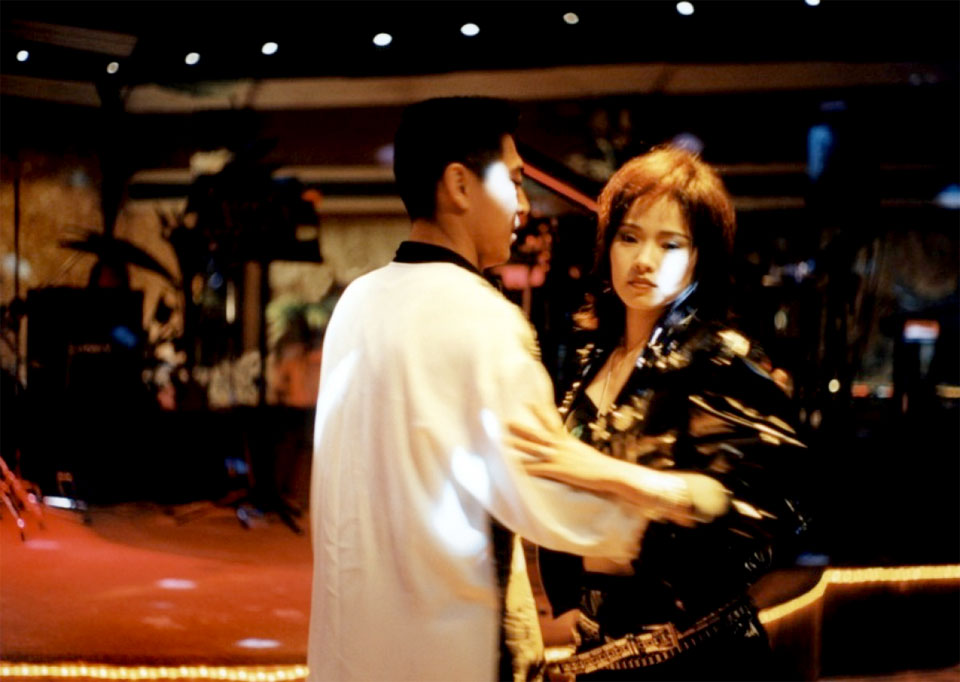
Hsiao-Hsien Hou’s Three Times (2005) has recently been selected as one of the best twenty-first century films by the New York Times. The rest of the Taiwanese director’s body of work is equally impressive.
Good Men, Good Women is about the fragile intricacies of historical representation. In the 1950s, Taiwan was under a wave of ‘white terror’, when suspected communists were arrested, often detained and killed. The film follows a tripartite structure: one in contemporary society, another in the main character—an actress’s (Annie Shizuka Inoh) recollection of her dark past, and a film-within-a-film, set during the period of ‘white terror’, to explore the impact of history.
The complex structure examines the relationship between history and individuals, the personal and the political. The well-layered performances complimented the labyrinthine story-telling, calling to mind the Argentine writer Jorge Luis Borges’ works.
This film requires a lot of thinking. Hence, it cannot be treated as escapist entertainment. However, for the audience prepared for reflection, this is a masterwork to savor.
4. Kansas City (1996)
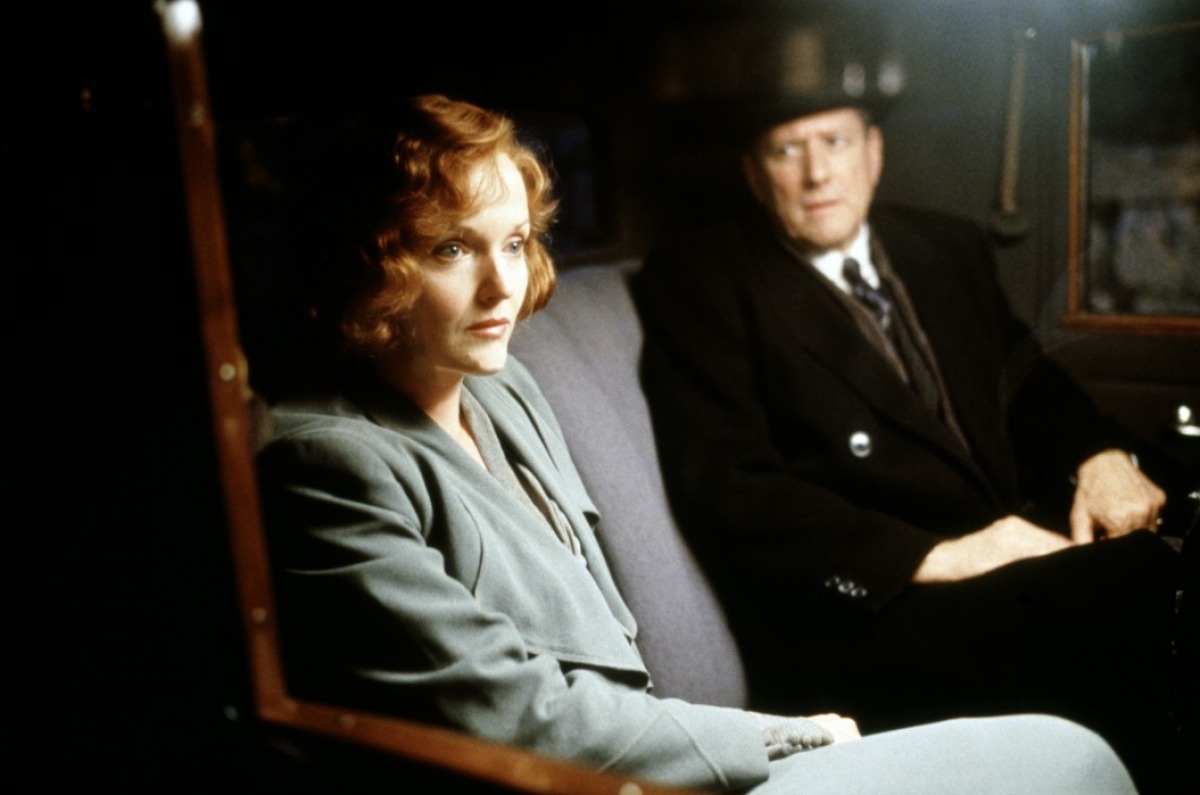
Robert Altman is one of the most influential American directors in the latter-half of the twentieth century, having made significant films such as Nashville (1975), Short Cuts (1993), and Gosford Park (2001). Kansas City, however, is one of his less-discussed motion pictures.
Filled with Jazz age nostalgia, this gangster movie follows a Blondie’s (Jennifer Jason Leigh) efforts to rescue her husband from gangsters whom he attempted to rob. It is a great exercise in style, with an excellent soundtrack and tightly controlled editing.
Leigh’s performance is powerful. She perfectly communicates her character’s toughness. The sequences at moments seem like stylized homages to classic 1930s gangster pictures. Yet the film, at its centre, is a multi-dimensional character study.
Weaving into themes such as political corruption and the complexity of personal identity, this work is an intellectually deep voyage into the titular city.
3. My Life in Pink (1997)
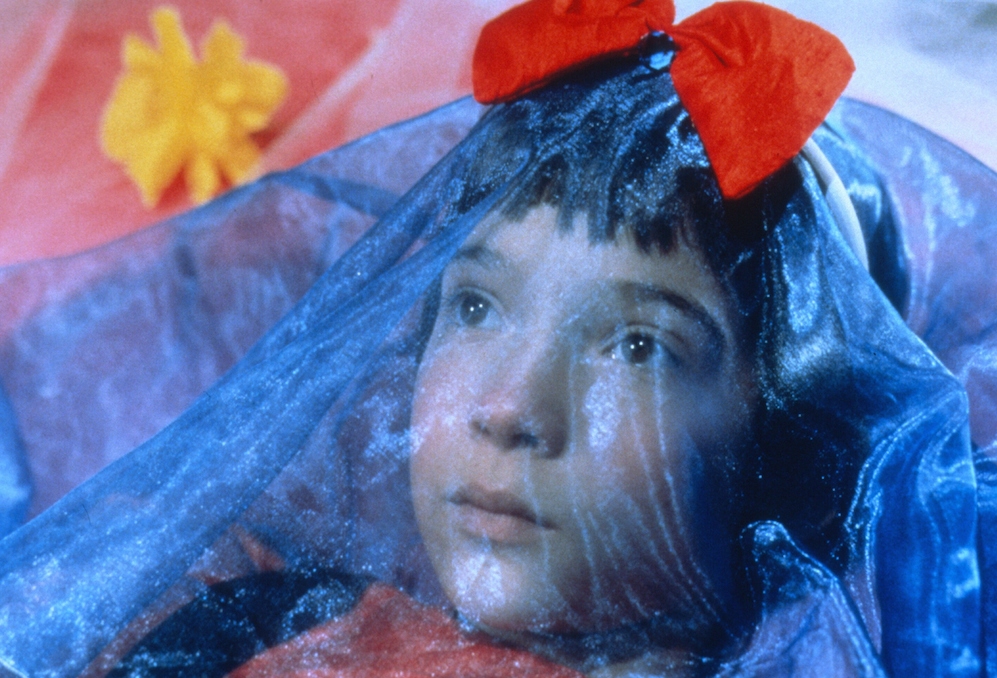
This French film is a radically direct examination of the effects of homophobia. The plot is quite bizarre. It is about a young transgender girl (Georges Du Fresne) and her confrontation with her family’s reaction to her decision. Pressured by other people, such as the neighbours, she was sent to a psychiatrist.
Touching on the sensitive LGBTQ theme, My Life in Pink is a highly human story exploring gender troubles. A unique approach to the coming-of-age story, it is very touching. There are challenging moments, such as when the seven years old protagonist is forced out of the family to live alone with her grandmother.
The movie both challenges the audience and is populated with challenging characters. The human emotions depicted are universal: fear, confusion, dread. They are all relatable feelings. At the bottom, this work is about growing up and its turmoils.
The cinematographer Yves Cape captures the texture of community in panic and of childhood with natural mise-en-scène. The convincing performances by the young actors further add a sense of realism. Indeed, this is a very special viewing experience.
2. Show Me Love (1998)
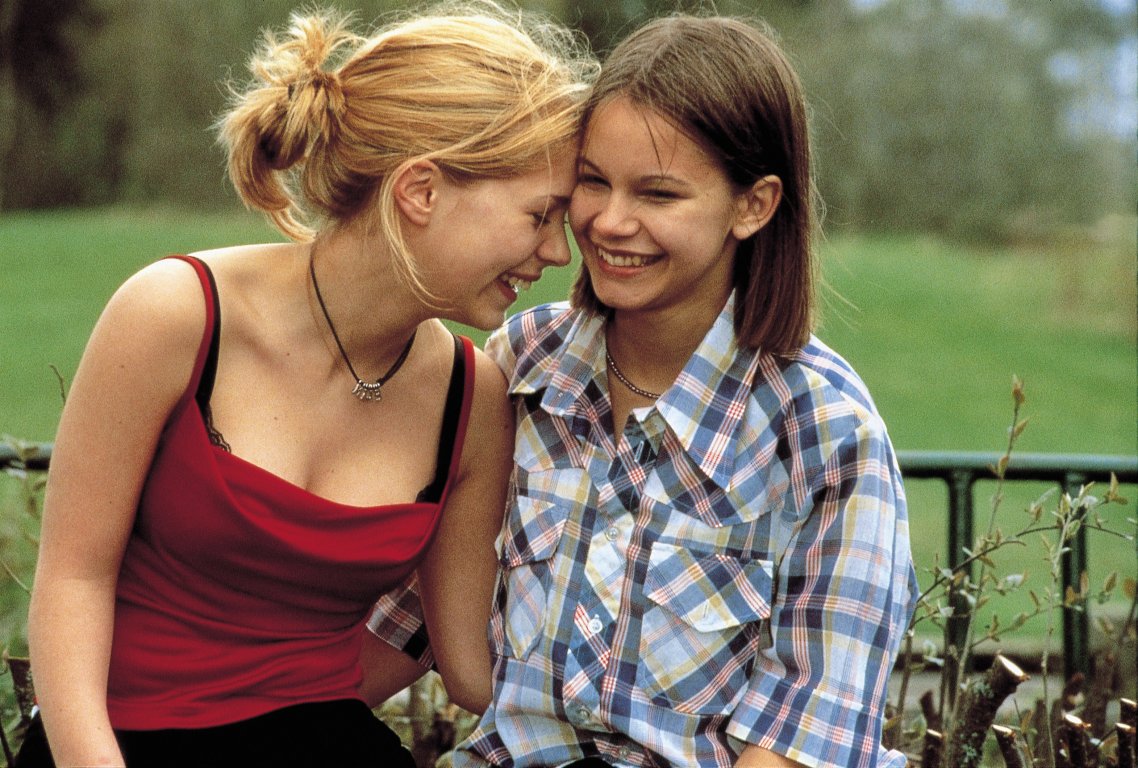
Written and directed by Lukas Moodysson, Show Me Love (original Swedish title: Fucking Åmål) is a direct exploration of lesbian relationships and the turbulences of love in general. Alexandra Dahlström and Rebecka Liljeberg’s performances are deeply intimate and realistic.
The movie’s greatness lies in the highly relatable characters: the audience, through the film’s duration, grows to care for them. Ingmar Bergman calls it “a young master’s first masterpiece”. Justly so, the work successfully immerses the viewer into each frame, adducing intense emotional experience.
There is nothing technically flashy about the film, it is constructed in a simple, straightforward manner. The sheer power of the screenplay and the acting is enough to build an authentic odyssey of feelings. The Swedish director, Moodysson, also a poet and novelist, is one of the most important filmmakers working today. This film is the perfect introduction into his diverse body of work.
Although a film about teenagers, it has none of the off-putting aura of American young love movies. Instead, this is a revelatory piece of cinema, allowing the audience to reflect on romantic relationships deeply.
1. Beau Travail (1999)
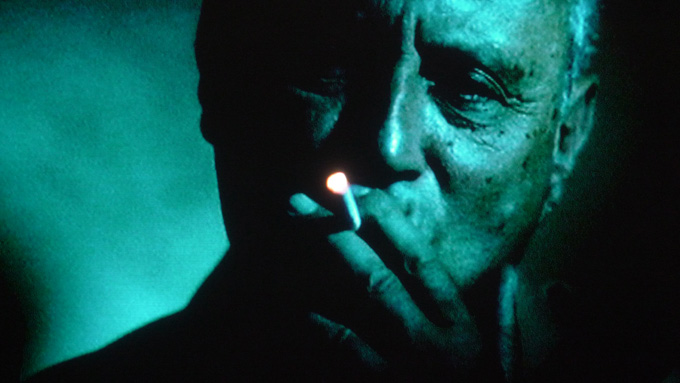
Michael Haneke once said that Claire Denis is one of his favourite contemporary directors. Denis’ 1999 military themed motion picture is one of the greatest experimental narrative ever made. Inspired by the great American novelist Herman Melville’s novella, Billy Budd, the movie dissects the experience of military training.
This is a quiet film: very few dialogues are heard. Characters are generally laconic, the plot is loose. The film is about mood and tone. The imagery of French Foreign Legion soldiers training by the sea is breathtakingly beautiful. Indeed, Beau Travail tells less of a conventional story, more of an epic poem written with frames of visual beauty.
Denis’ poetic film is concerned with discipline, the physical limit of the body, and the consequences of punishments. It begins and ends with scenes of disco dancing, contrasting with the severe atmosphere of the military training.
Beau Travail is a difficult film. It runs like a string of symbolisms and demands active interpretation. Therefore, some people may find it a boring experience. However, for the audience ready to involve themselves in pure moving images, to float among changing cinematic moods, Denis’ challenging work is extremely rewarding.
Author Bio: Alvin Chung is an aspiring writer and filmmaker. He studies Media and Communications at the University of Sydney.